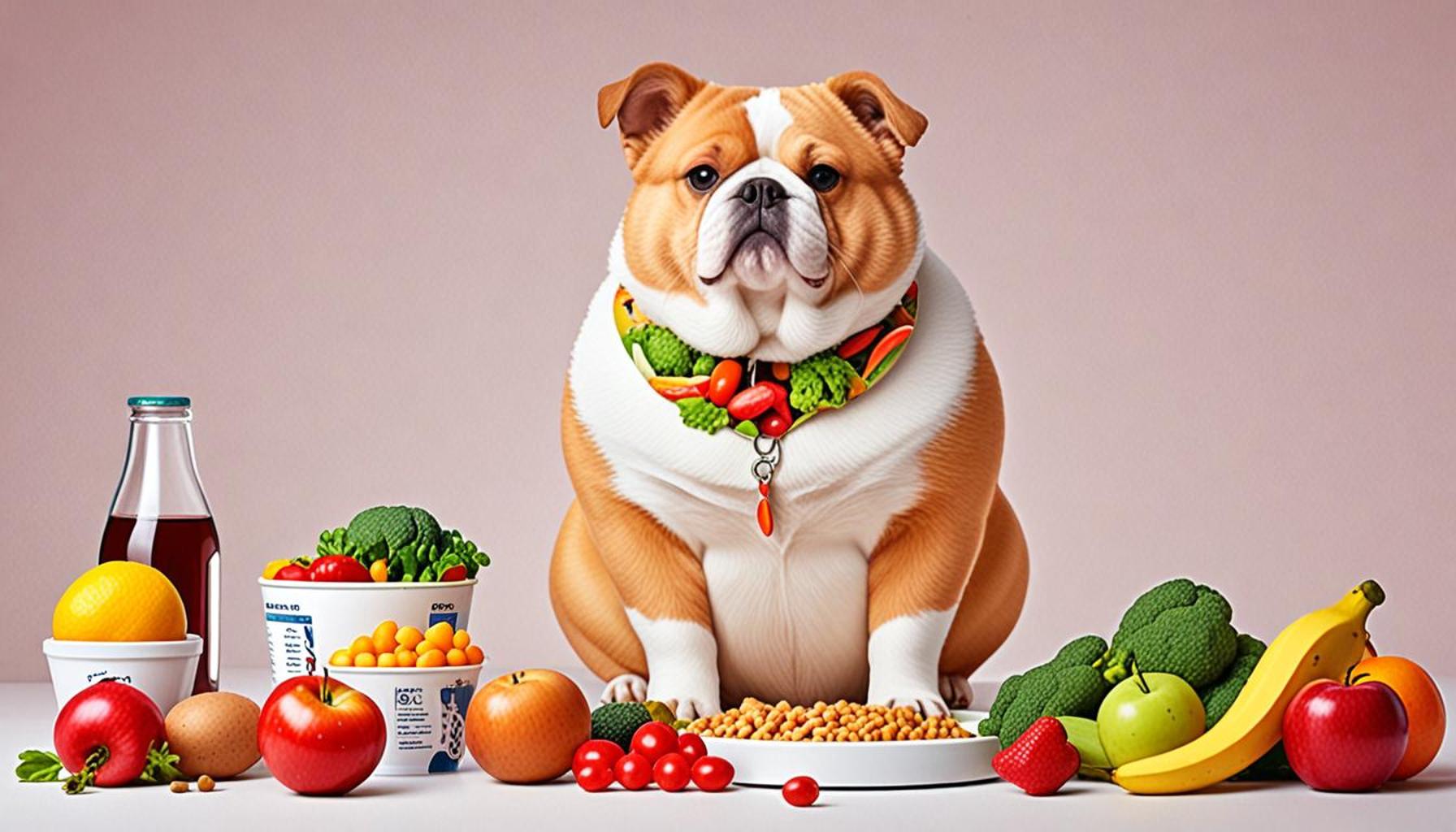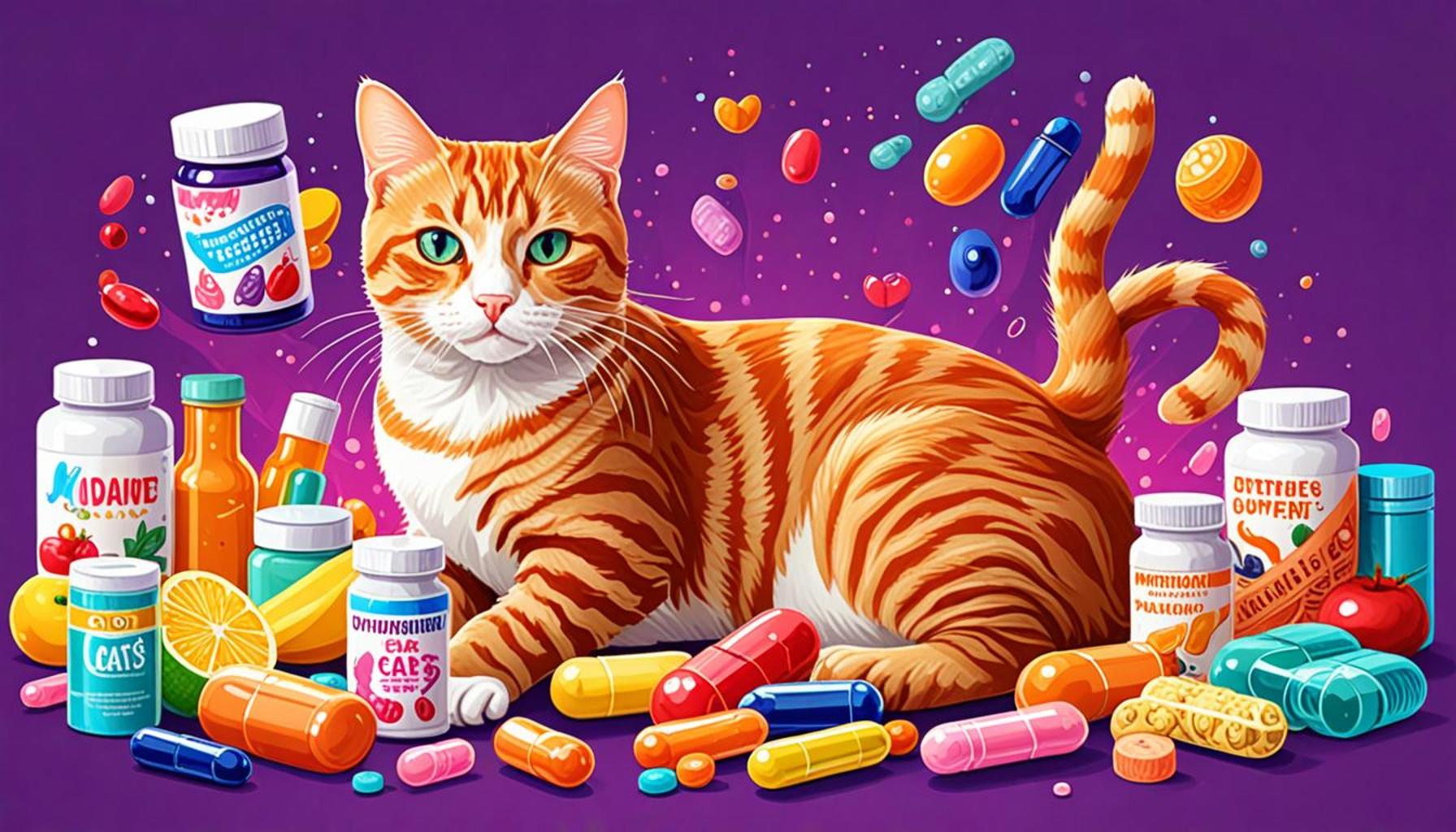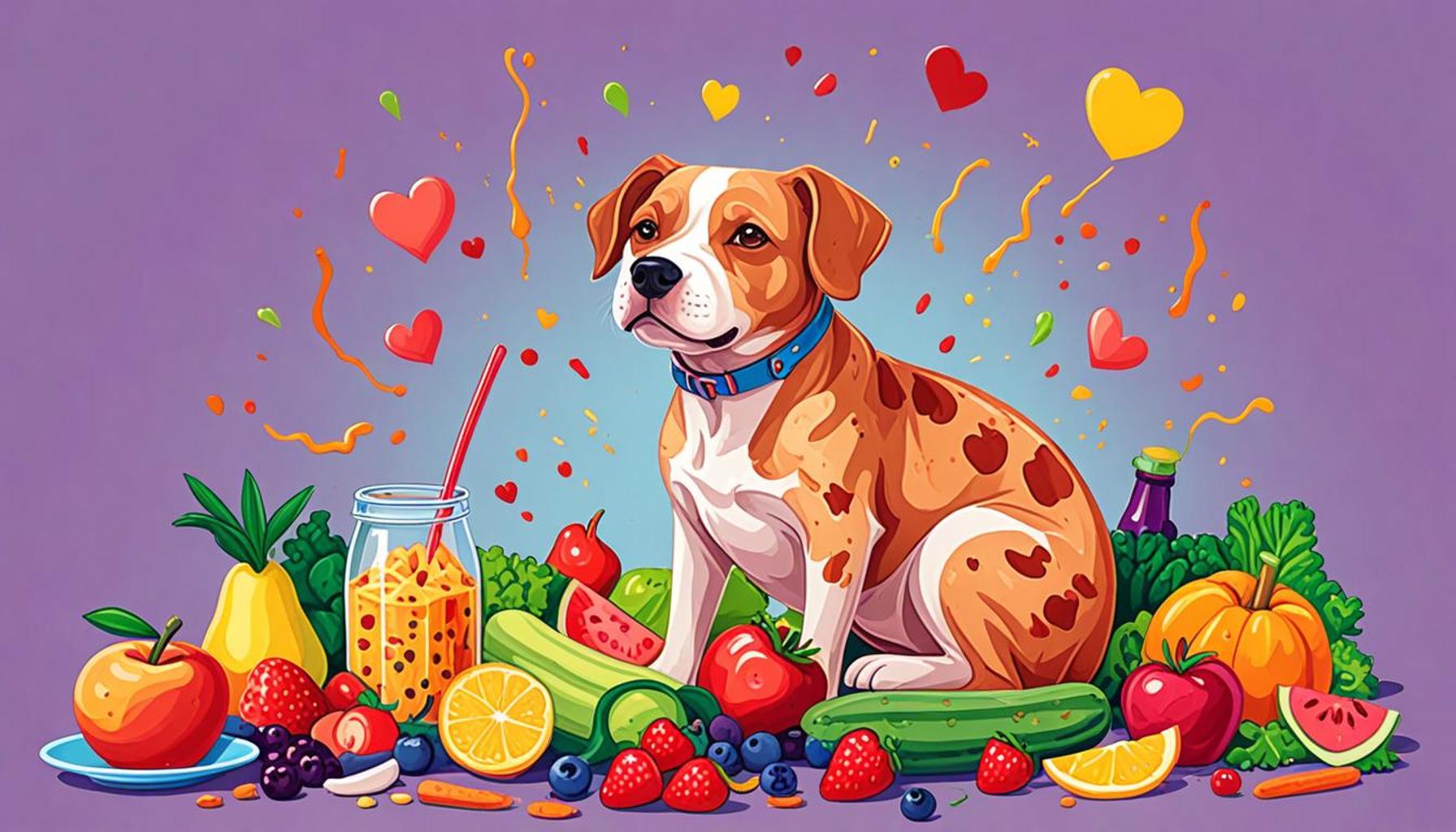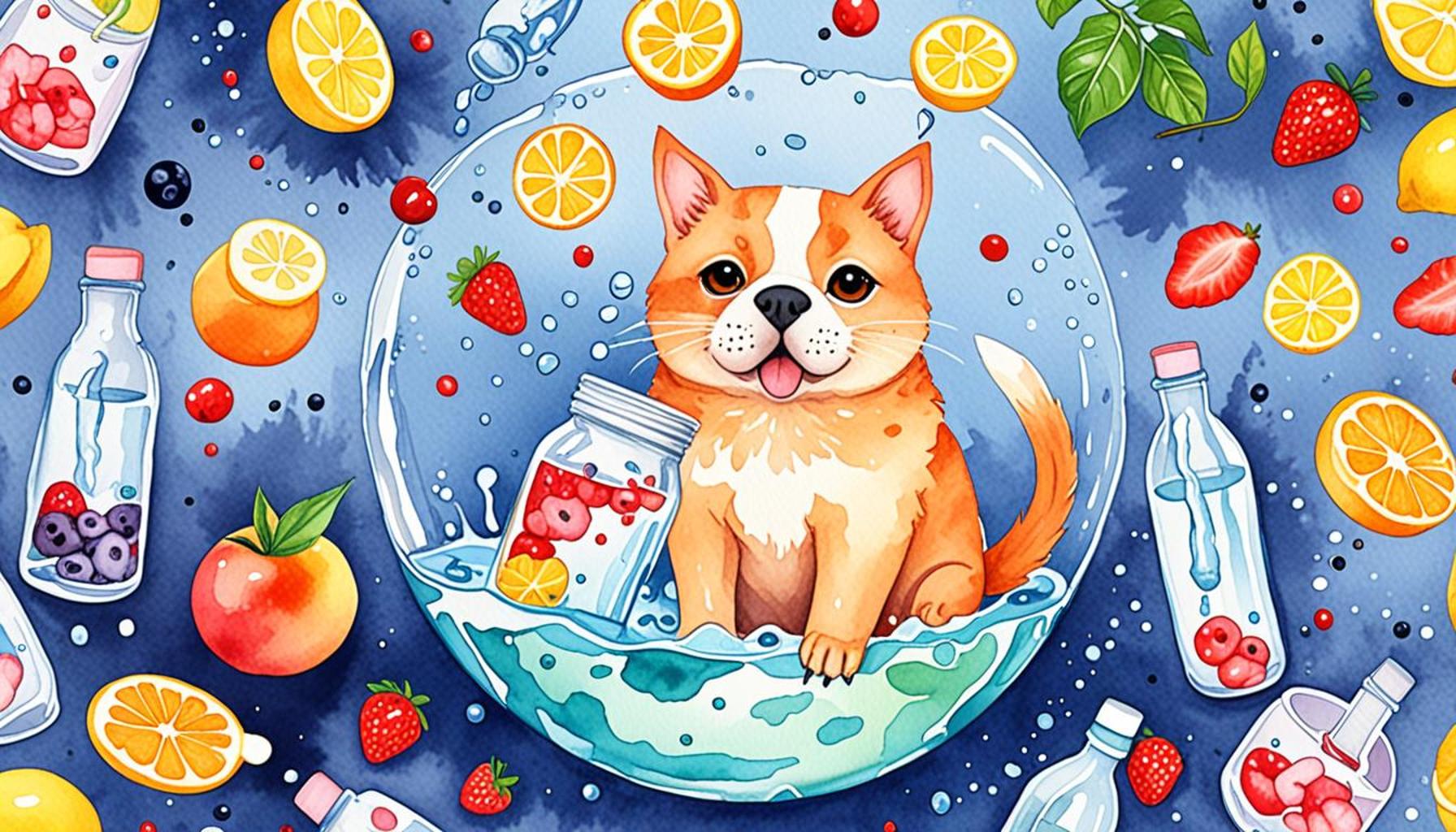Nutrition and Obesity: Strategies to Maintain Your Pet’s Ideal Weight

Diving Deeper into Pet Nutrition and Weight Management
Keeping your pet at a healthy weight is more crucial than ever. With rising rates of obesity in pets, owners must become well-versed in effective nutrition strategies to ensure their furry companions thrive. In fact, recent studies indicate that over 50% of dogs and cats in the United States are overweight or obese, leading to an alarming increase in related health issues. This growing trend has made it imperative for pet owners to take a proactive approach toward understanding and managing their pets’ nutritional needs.
Obesity can lead to serious health issues in pets, including:
- Diabetes: Obese pets are at a much higher risk of developing diabetes, a serious condition that can lead to various complications if not managed properly.
- Joint problems: Excess weight places undue stress on joints, often leading to conditions such as arthritis, which can be painful and restrict mobility.
- Heart disease: Obesity can contribute to heart issues in pets, just as it does in humans, increasing the likelihood of heart failure and other cardiovascular problems.
As responsible pet owners, understanding the right nutritional balance is key. Here are some factors to consider:
- Portion control: Measuring out your pet’s food can prevent overfeeding. Use the feeding guidelines provided on the pet food packaging but consult with your veterinarian for a tailored plan according to your pet’s specific needs.
- High-quality ingredients: Choose pet foods made with premium ingredients that are rich in nutrients. Look for animal proteins like chicken or fish as the primary ingredient and avoid foods high in fillers such as corn and soy.
- Regular feeding schedules: Consistency is vital. Feeding your pet at the same times each day helps regulate metabolism and can reduce the likelihood of excessive snacking.
To combat obesity, incorporating exercise into your pet’s daily routine is essential. Activities like walking, playing fetch, or even simple games of tug can be incredibly beneficial. Engaging your pet with interactive toys, such as puzzle feeders, not only stimulates their mind but also encourages physical activity, creating a dual benefit.
In this article, we will explore innovative strategies tailored to keep your pets healthy while addressing factors related to nutrition and obesity. Beyond basic tips, we will also delve into the benefits of incorporating behavioral changes, seeking professional guidance, and exploring specialized diets if needed. Join us in discovering the best practices for maintaining your pet’s ideal weight, enabling them to live a longer, healthier life filled with energy and joy.

DISCOVER MORE: Click here to learn about the crucial role of socialization in puppy training
Understanding the Fundamentals of Pet Nutrition
When it comes to tackling obesity in pets, the foundation starts with a comprehensive understanding of pet nutrition. A well-balanced diet that meets your pet’s specific needs is crucial in preventing weight gain and fostering overall health. The first step in this journey is recognizing the unique dietary requirements of your dog or cat, which may vary according to breed, age, activity level, and health status.
It is essential to look beyond the calories. While calorie intake is undoubtedly a critical factor in managing obesity, the quality of the food you provide is equally significant. Here are some key components to consider when selecting the right diet for your pet:
- Macronutrient Ratios: Proper ratios of proteins, fats, and carbohydrates are vital. Dogs typically thrive on protein-rich diets, while cats are obligate carnivores that require a higher protein intake to maintain muscle mass and energy levels.
- Fiber Content: Including high-fiber ingredients can help pets feel fuller longer, reducing the urge to overeat. Look for food that features natural fiber sources like beet pulp or brown rice.
- Essential Vitamins and Minerals: A nutrient-dense diet ensures your pet receives vital vitamins and minerals that support their immune system, skin health, and overall vitality. Choose foods fortified with omega fatty acids and antioxidants for added benefits.
Additionally, it’s important to be aware of some common misconceptions that can lead to poor dietary choices. Many pet owners assume that a “grain-free” diet is the healthiest option for their pets; however, this is not universally true. Grain-free diets can sometimes lack essential nutrients and result in health complications. Consultation with your veterinarian or a certified animal nutritionist can provide insights into the best diet tailored for your pet.
Recognizing Overfeeding Habits
The journey to maintaining your pet’s ideal weight also involves recognizing and rectifying overfeeding habits. It is incredibly easy to overestimate portion sizes or give in to those adorable, pleading eyes when your pet begs for food, but awareness and restraint are crucial. Here are some common overfeeding pitfalls to avoid:
- Free Feeding: Leaving food out all day encourages snacking and mindless eating. Establish a set feeding schedule to monitor intake effectively.
- High-Calorie Treats: Treats can quickly add up in calories. Aim to keep treats to no more than 10% of your pet’s daily calorie intake and opt for healthier alternatives like vegetables or specially formulated low-calorie snacks.
- Family Feeding Habits: Ensure that all family members are aligned about feeding your pet to avoid conflicting habits that can lead to unintentional overfeeding.
With a solid understanding of nutrition and potential pitfalls, you can embark on a comprehensive strategy that promotes weight management for your beloved pet. By focusing on nutritional quality and mindful feeding practices, you create a foundation that can lead to a healthier, happier companion—all while reducing the risk of obesity-related health issues.
| Category | Key Features |
|---|---|
| Balanced Diet | A diet rich in lean proteins, fiber, and essential nutrients ensures your pet maintains a healthy weight. |
| Regular Exercise | Engaging in daily activities like walks and playtime promotes calorie burning and prevents obesity. |
| Portion Control | Measuring food intake helps to prevent overfeeding and manage weight more effectively. |
| Veterinary Guidance | Regular check-ups can help tailor a nutrition plan suitable for your pet’s specific needs. |
Offering your pet a balanced diet is crucial to achieving the right weight. A dietary plan rich in lean proteins and essential nutrients can contribute significantly to maintaining a pet’s ideal health. Additionally, combining proper nutrition with regular exercise creates a powerful strategy against obesity. Engaging in playful activities and scheduled walks ensures that your pet remains active, burning off excess calories efficiently.Moreover, portion control is an often overlooked aspect of pet care. Accurately measuring food helps prevent the common problem of overfeeding, easily leading to weight gain and further health issues. Seeking guidance from a veterinarian can provide additional insights into developing a suitable nutrition plan targeted to your pet’s age, breed, and health status, ensuring a comprehensive approach to managing their weight effectively. By embracing a well-rounded strategy incorporating these elements, pet owners can foster a healthy lifestyle for their furry companions.
EXPLORE MORE: Click here to discover the secrets to your pet’s health
Implementing a Balanced Feeding Strategy
To effectively tackle obesity in pets, establishing a balanced feeding strategy is essential. This involves more than simply adjusting the amount of food; it requires a comprehensive approach that encompasses feeding routines, suitable food choices, and behavioral management. By implementing these strategies, you can significantly contribute to maintaining your pet’s ideal weight.
Controlled Portions and Measuring Tools
One fundamental aspect of a balanced feeding strategy is ensuring that you provide the right amount of food. Many pet owners unwittingly rely on guesswork when it comes to portions. To avoid this common pitfall, invest in measuring tools such as a digital scale or measuring cup. By accurately measuring your pet’s food according to the feeding guidelines on the label, you can prevent overfeeding while promoting healthy eating habits.
Moreover, it might be instructive to calculate your pet’s caloric needs based on their weight, activity level, and age. Various online calculators can assist in determining the appropriate daily caloric intake for your pet, which can be cross-referenced with your veterinarian to ensure accuracy.
Integrating Exercise into Daily Routines
Diet alone may not suffice in managing your pet’s weight, making an exercise regimen equally critical. Regular physical activity aids in burning excess calories, building muscle mass, and maintaining a healthy metabolism. For dogs, daily walks, playtime and agility training are excellent ways to incorporate movement. For cats, encourage play with toys that stimulate their natural hunting instincts, such as laser pointers or feather wands.
It is important to start small and slowly increase the intensity and duration of exercise, particularly for overweight pets. Always *consult your veterinarian* before initiating any new exercise program to avoid strain or injury.
Encouraging Healthy Snacking
As previously mentioned, treats are a crucial component of pet diets, yet they can also lead to weight gain if not managed properly. To promote a health-conscious snacking routine:
- Healthy Alternatives: Replace traditional high-calorie treats with fresh fruits and vegetables that are safe for pets, such as carrot sticks, apple slices (without seeds), or green beans.
- Interactive Feeding: Consider using puzzle feeders that challenge your pet and slow down their eating pace, making mealtime both engaging and healthy.
- Limit Fatty Treats: Avoid giving treats that are high in fat. Choose those that are labeled as low-calorie or specifically designed for weight management.
Incorporating a strategic approach to treats can significantly enhance the overall impact of your pet’s dietary regimen and may stave off the risk of obesity.
Behavioral Considerations
Beyond physical strategies, attention should also be given to behavioral triggers that might lead to overeating. Pets often exhibit signs of begging, which may result from boredom or learned behaviors. To combat this:
- Maintain Structure: Create a structured routine that designates specific feeding times and stick to them. This reinforces a sense of security and consistency in your pet’s eating habits.
- Engage in Play: Redirect begging behavior toward play. Spend time engaging your pet in interactive play to divert their attention from hunger cues.
- Quality Time: Provide affectionate attention and companionship to reduce anxiety or boredom, often the root causes of excessive begging.
By combining these strategies, you can create a robust foundation for your pet’s nutritional well-being. Focusing on structured feeding, exercise, healthy snacking, and behavioral management is essential for fostering a healthy weight and enhancing the overall quality of life for your beloved pet.
DISCOVER MORE: Click here for helpful tips
Conclusion: A Holistic Approach to Your Pet’s Weight Management
In conclusion, addressing nutrition and obesity in pets requires a multifaceted and dedicated approach. By understanding the importance of a balanced diet, carefully measuring portions, and integrating regular exercise into your pet’s routine, you can help ensure they remain at their ideal weight. Implementing these strategies not only supports your pet’s physical health but also enhances their overall happiness and wellness.
Healthy snacking plays a pivotal role in your pet’s diet; selecting nutritious alternatives and managing treat portions can make a significant difference in their weight journey. Additionally, addressing behavioral triggers through structured routines and engaging playtime helps mitigate overeating, ensuring your pet’s psychological needs are met as well.
Moreover, maintaining open communication with your veterinarian is crucial. They can provide invaluable insights tailored to your pet’s unique needs, helping to track progress and adjust strategies as required. As you embark on this journey towards a healthier lifestyle for your beloved companion, remember that consistency, patience, and love are your best tools.
Ultimately, the fight against obesity in pets is not merely about weight loss but fostering a lifestyle that supports longevity, vitality, and joy. Take the initiative today to prioritize your pet’s nutritional health, and witness the positive transformation in their life as you walk together on the path to wellness.


